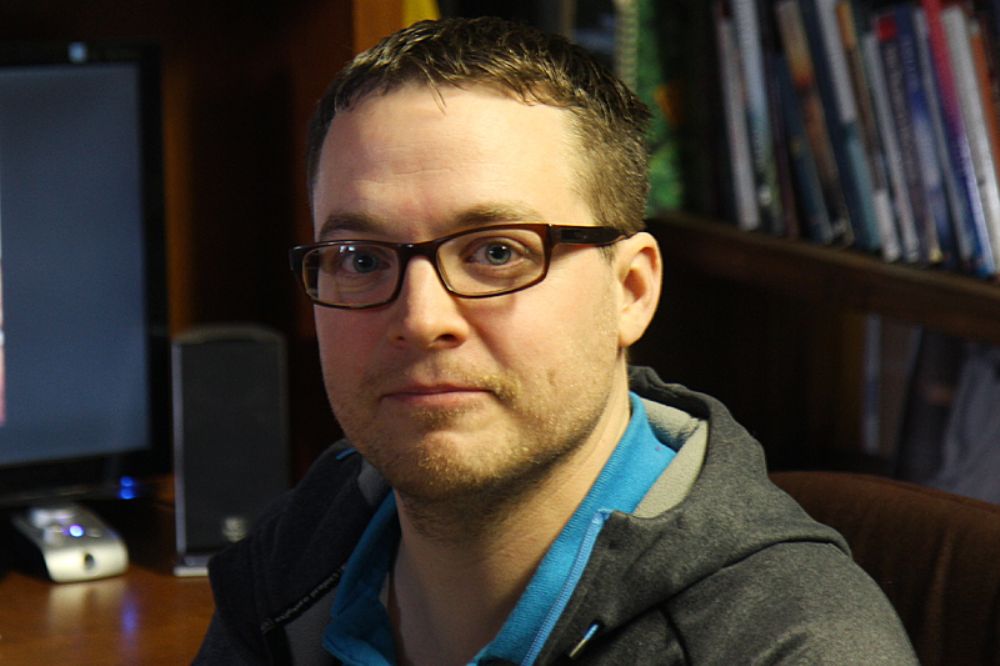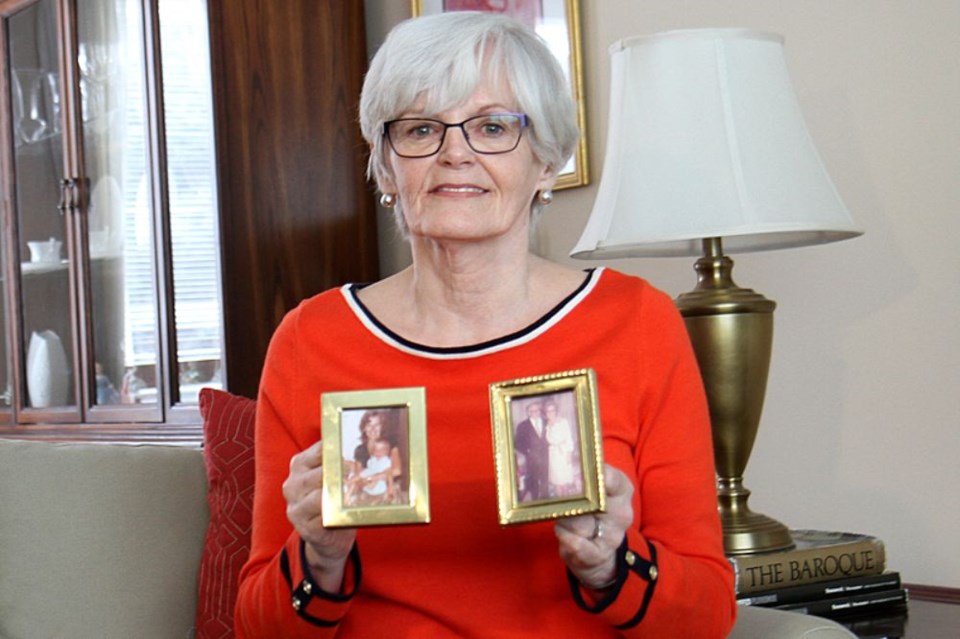THUNDER BAY -- Sheila Noyes saw her mother and sister have their lives agonizingly torn away as pain and suffering consumed the final chapter of their lives, with death finally coming as a merciful end.
That’s why the past president of Dying with Dignity Canada says the Supreme Court of Canada made a “just and right decision” in striking down the country’s ban on doctor-assisted suicide.
The country’s top court on Friday unanimously ruled Canada’s laws against the practice violate the life, liberty and security of persons provisions in Section 7 of the Canadian Charter of Rights and Freedoms for consenting, mentally competent adults who are “irremediable” and in a state of intolerable suffering.
“This ruling with the Supreme Court would have allowed my mother and my sister to have the death of their choosing,” Noyes said when interviewed at her home, with photos of her mother and sister beside her as she speaks.
“It’s a just decision. It’s a right decision. It was inevitable. I’m actually not surprised it was unanimous because there’s nothing to be gained from prolonged suffering and that’s a choice Canadians will have to not suffer at the end of life.”
Her mother suffered a brain aneurysm and had a number of strokes which left her paralyzed and eventually unable to speak, only having movement in her right arm.
Her younger sister had an aggressive form of breast cancer which spread through her spine, progressively taking away her ability to function and will to live.
Noyes said the two both expressed their desire to end the suffering and die on their own terms but were not able to do so. Her mother died in 1989 and her sister died in 1991.
“There is some suffering that only death can end. For my mother and for my sister, death came as a friend and the suffering stopped. There was simply nothing to be gained from prolonged suffering,” she said.
“It’s so heart wrenching to look at anyone who is suffering and to know it is OK for our society to say, ‘well that is really lousy luck. You suffer until death comes.’ All we are saying now is to let the person die days, weeks or months earlier when that person decides they’ve had enough.”
The decision does not define suffering as solely physical and does not limit physician-assisted death to those suffering from a terminal illness.
The Supreme Court ruling is only the beginning, as Parliament now has one year to draft new legislation. In their decision the court ruled that no doctor-assisted deaths will be allowed in the interim.
MP Bruce Hyer (Green, Thunder Bay-Superior North) released a statement supporting the court's finding.
"The Court’s decision finally restores dignity to Canadians who have endured unimaginable suffering," Hyer said.
A number of countries around the world, such as Switzerland, Belgium and the Netherlands, practice medically assisted death. Some states in the U.S., such as Oregon, also have right to die laws.
Those jurisdictions have enacted safeguards such as requiring the patient to initiate the request, prove they are competent to make the decision as well as have multiple doctors confirm the diagnosis to ensure the practice is not abused.
Noyes said she believes studies and research into how the practice is conducted in those jurisdictions might have helped influence the court.
Despite the unanimous decision by the nine Supreme Court judges, the ruling has not been met with universal support.
Rob Freeman, president of Thunder Bay Right to Life, said allowing medically assisted suicide opens a door that is nearly impossible to shut. Once the practice starts, it becomes almost impossible to draw an ethical line of where to stop.
 “History would tell us that line can’t be maintained,” Freeman said. “If we look around and look at the abuses that are happening in Canada right now, even without the laws being in place, we just know it’s not practical.”
“History would tell us that line can’t be maintained,” Freeman said. “If we look around and look at the abuses that are happening in Canada right now, even without the laws being in place, we just know it’s not practical.”
He also has concerns that allowing patients being able to choose when to die can send the wrong message.
In particular, Freeman is worried some vulnerable patients might be manipulating into choosing doctor-assisted suicide or that some might make the choice because they fear they are a burden to their loved ones or the medical system.
“They should insist on having the best treatments that are available for them,” he said.
Noyes maintains that allowing physician-assisted suicide doesn’t mean that it will become normal for anybody who is diagnosed with a serious illness.
Instead, it should just be one option they have when facing the end of life while offering peace of mind that they have some control of their fate.
“It’s about that individual choice,” she said. “What we know is that no amount of palliative care can take care of some of the suffering.”
